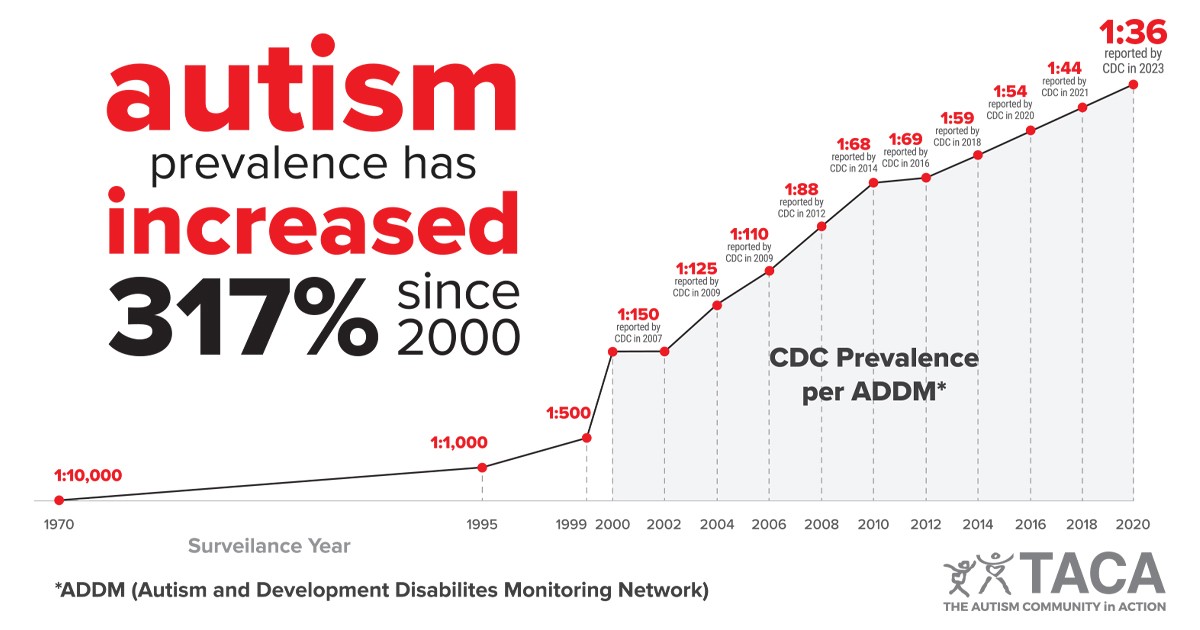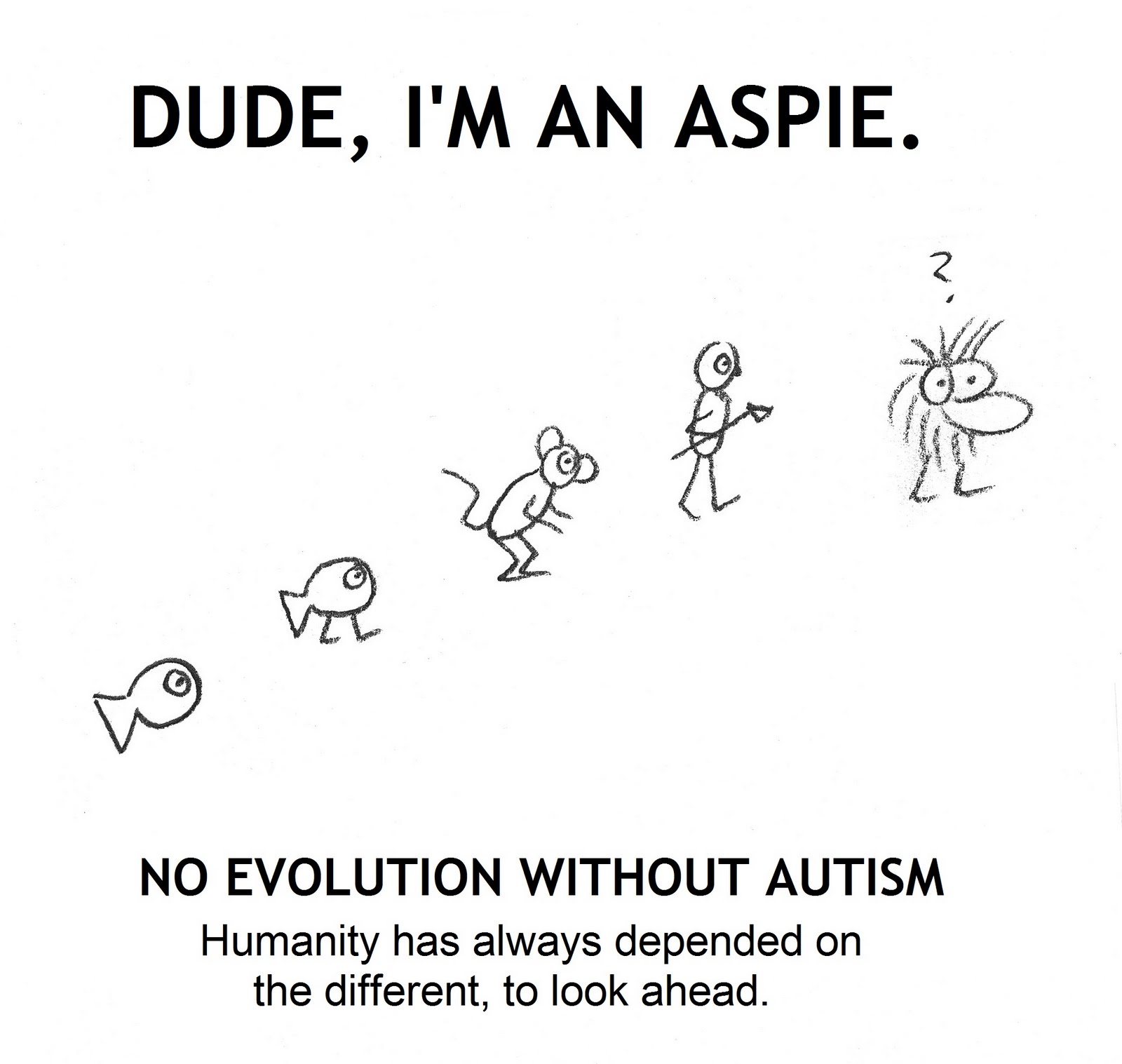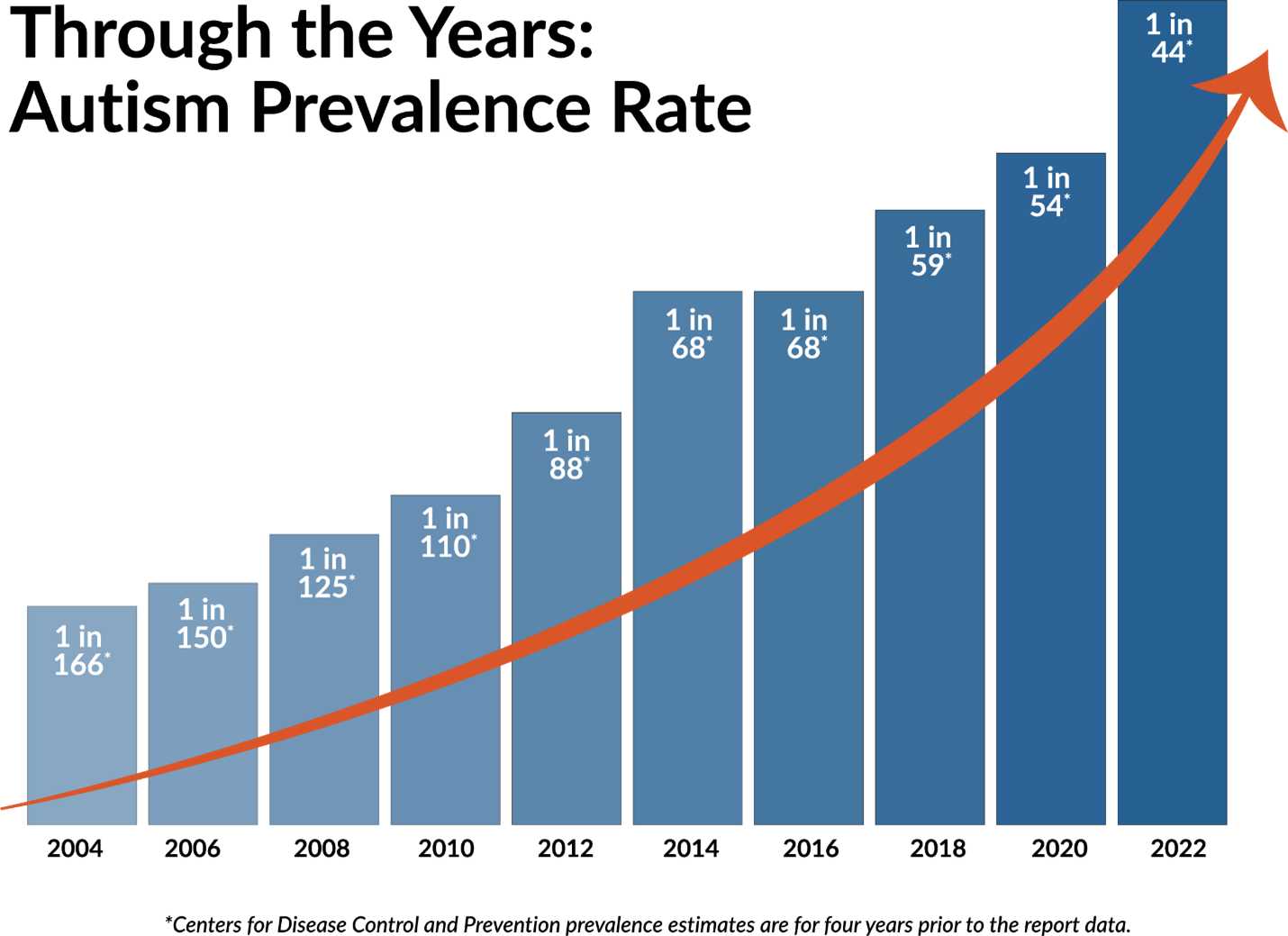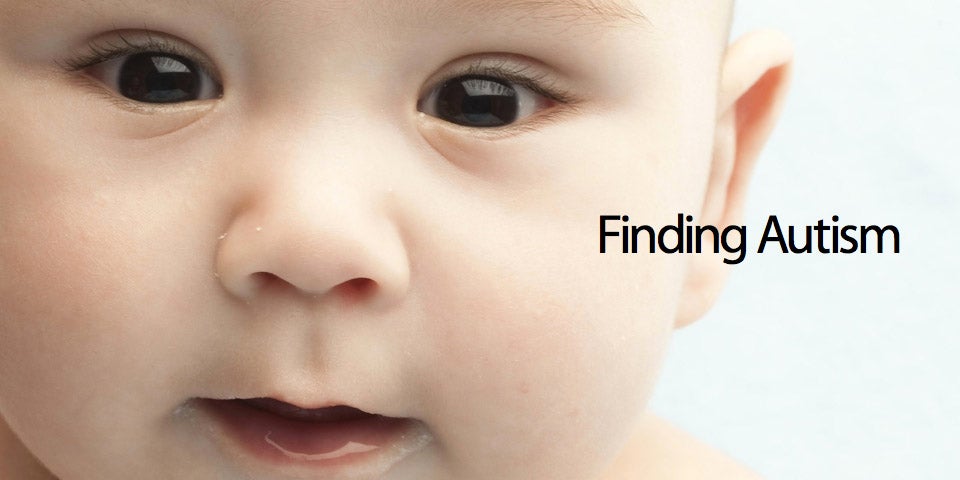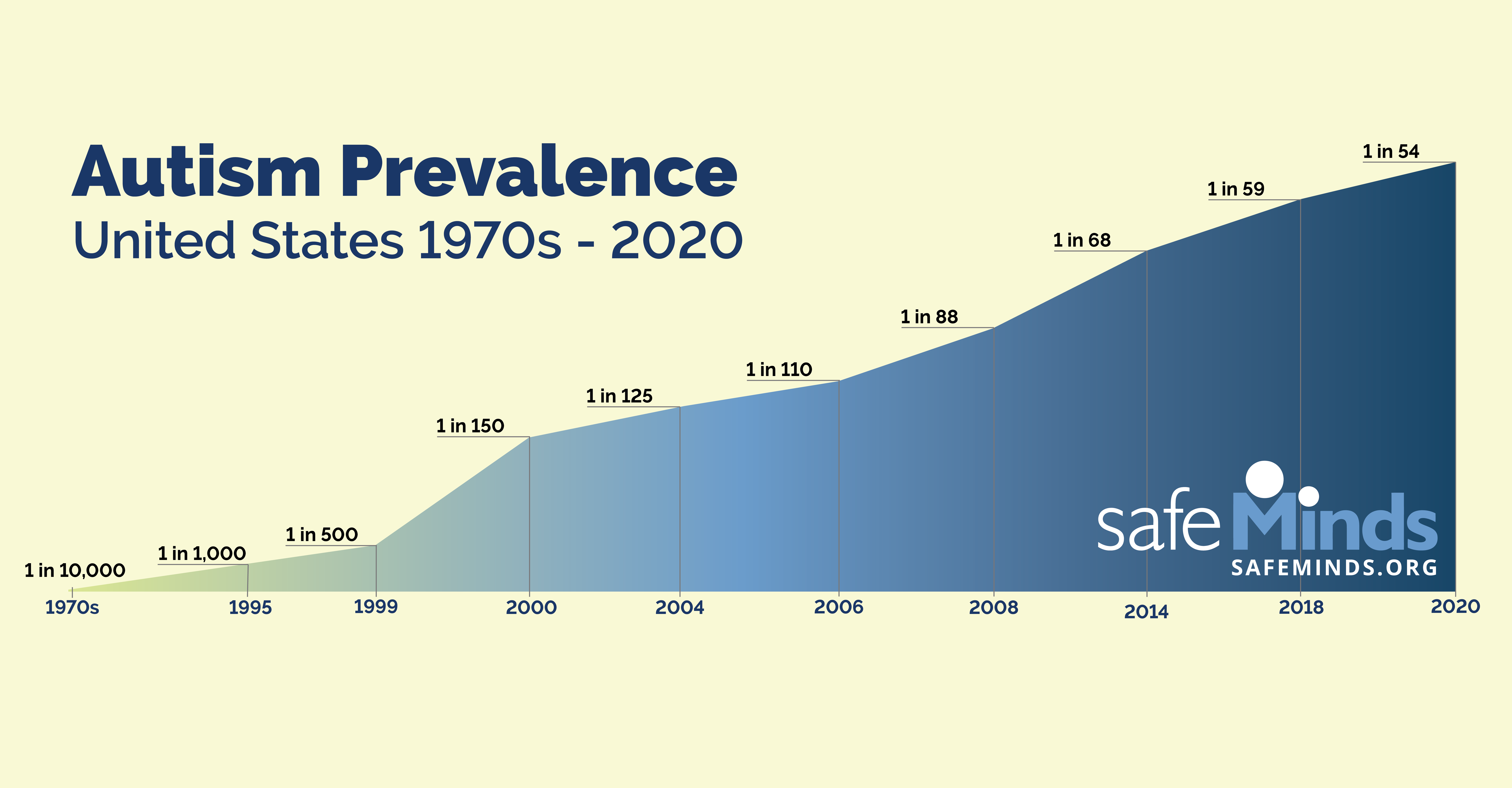The alarming rise in autism diagnoses over the past few decades has sparked intense debate and concern among parents, healthcare professionals, and researchers. The question on everyone's mind is:
is there really an autism epidemic? In this article, we'll delve into the complexities of autism, explore the factors contributing to the increased diagnoses, and separate fact from fiction.
What is Autism?
Autism, also known as Autism Spectrum Disorder (ASD), is a neurological and developmental disorder that affects communication, social interaction, and behavior. It is characterized by difficulties in verbal and nonverbal communication, social interactions, and repetitive behaviors. The symptoms and severity of autism vary widely among individuals, making it a complex and multifaceted condition.
The Rise in Autism Diagnoses
According to the Centers for Disease Control and Prevention (CDC), the prevalence of autism has increased significantly over the past few decades. In 2000, the estimated prevalence of autism was 1 in 150 children. By 2016, this number had risen to 1 in 54 children. This dramatic increase has led many to wonder if there is an autism epidemic.
Factors Contributing to the Rise in Diagnoses
While there is no single explanation for the increase in autism diagnoses, several factors are thought to contribute to this trend:
Improved diagnostic tools and awareness: Advances in diagnostic techniques and increased awareness among healthcare professionals have led to more accurate and earlier diagnoses.
Expanded diagnostic criteria: The diagnostic criteria for autism have been broadened to include a wider range of symptoms and severity levels, resulting in more individuals being diagnosed.
Increased access to healthcare services: Improved access to healthcare services, particularly in developed countries, has enabled more individuals to receive diagnoses and treatment.
Genetic and environmental factors: Research suggests that genetic and environmental factors, such as advanced parental age and prenatal exposure to air pollution, may contribute to the development of autism.
Is There Really an Autism Epidemic?
While the rise in autism diagnoses is undeniable, it is essential to consider whether this increase represents a true epidemic. Many experts argue that the increased diagnoses are largely due to improved detection and reporting, rather than an actual increase in the prevalence of autism.
A
study published in the Journal of the American Medical Association found that the increased prevalence of autism was largely due to changes in diagnostic practices and awareness, rather than an actual increase in the number of cases. Another
study published in the journal Pediatrics suggested that the rise in autism diagnoses may be due to the reclassification of individuals with other conditions, such as intellectual disability, as having autism.
The rise in autism diagnoses is a complex issue, and it is unlikely that there is a single explanation for this trend. While improved diagnostic tools and awareness have certainly contributed to the increase, it is also possible that genetic and environmental factors play a role. Rather than focusing on whether there is an autism epidemic, it is essential to prioritize
early diagnosis and intervention, as well as
support and acceptance for individuals with autism and their families. By doing so, we can work towards creating a more inclusive and supportive environment for all individuals, regardless of their abilities or disabilities.
In conclusion, the question of whether there is an autism epidemic is a multifaceted one, and the answer is not a simple yes or no. However, by understanding the factors contributing to the rise in diagnoses and prioritizing support and acceptance, we can work towards a more inclusive and compassionate society for all.

